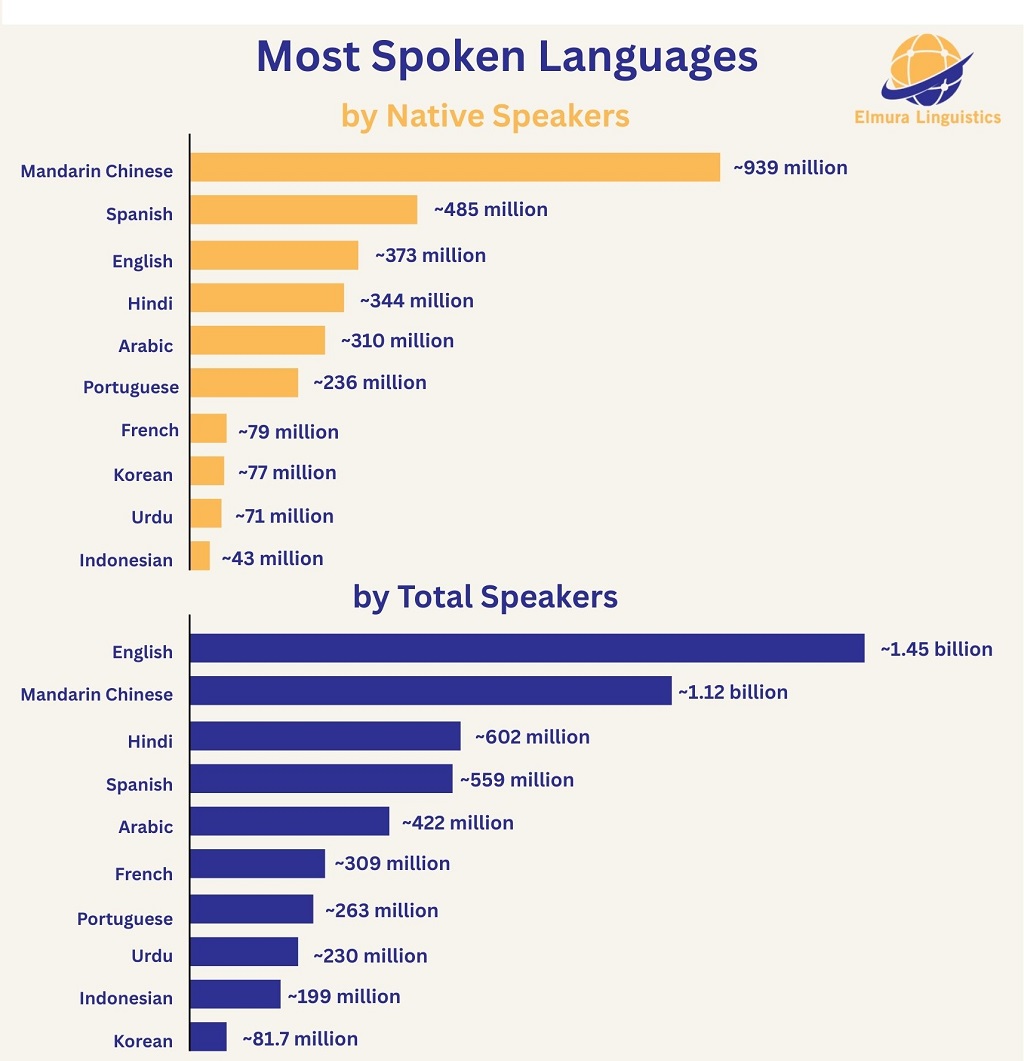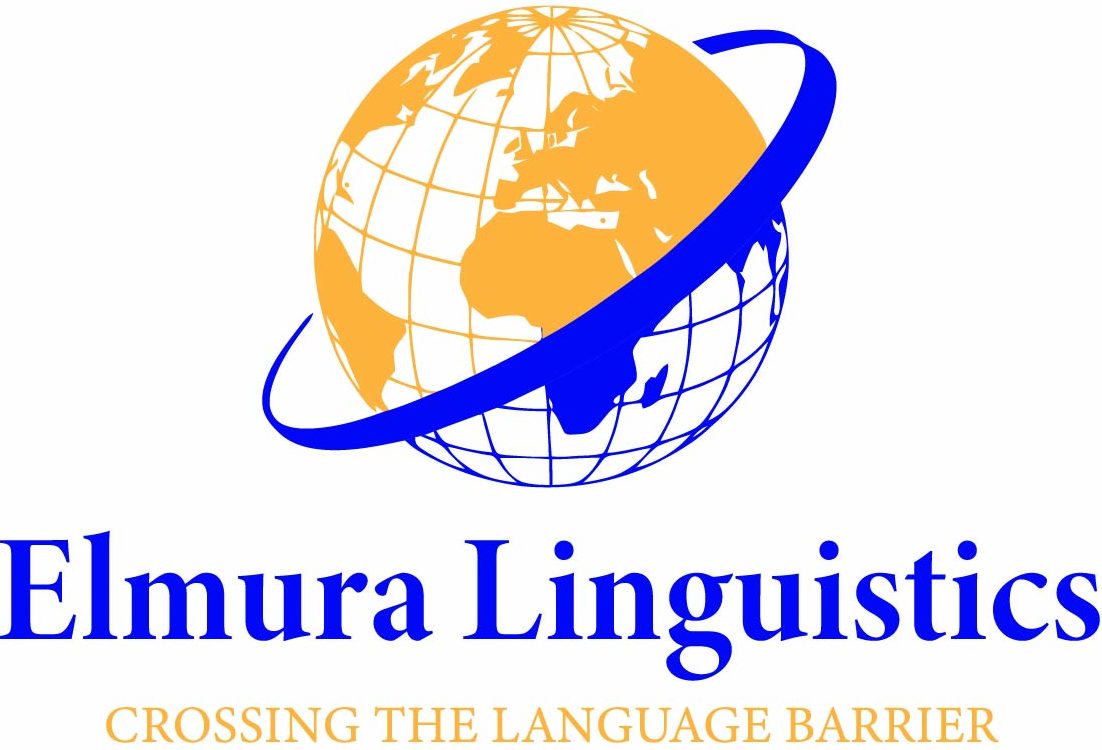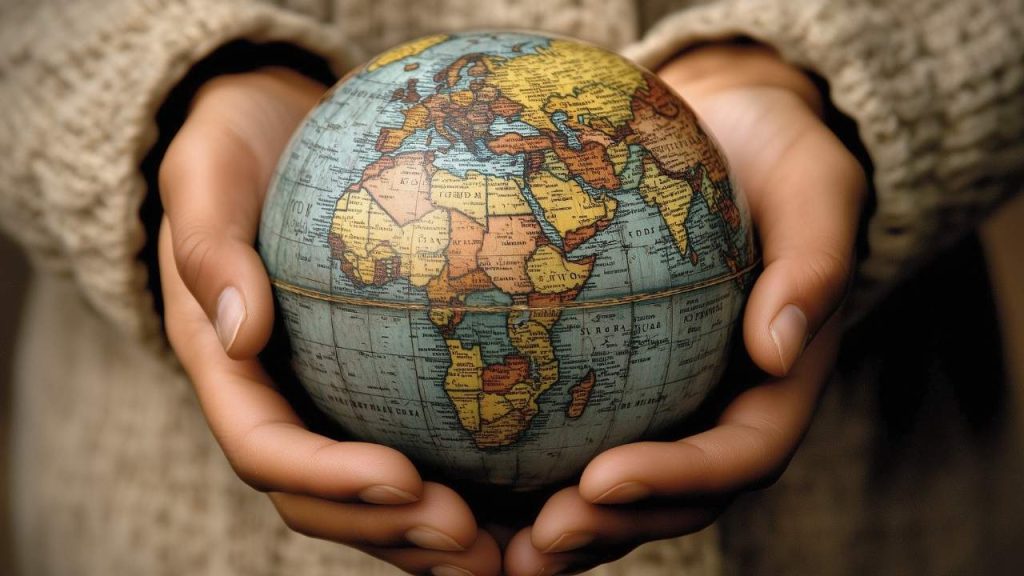English remains the most widely spoken language globally, with around 1.45 billion speakers, followed closely by Mandarin Chinese, with over 1.12 billion.
This growth is fueled by factors like economic development, cultural influence, and the increasing need for international communication.
Below is an updated list of the world’s fastest growing languages, based on both native and total speaker counts:

These languages are expanding rapidly due to a combination of population growth, technological adoption, and globalized media. As businesses and communities become more international, multilingual communication is no longer optional — it’s essential.
Languages like Spanish and Mandarin are also gaining momentum in places like the United States, driven by immigration, cultural exchange, and educational demand.
Let’s explore each of these languages in more detail to understand what’s fueling their growth — and why they matter in today’s world.
Table of Contents
ToggleEnglish – The fastest growing language

English is spoken by an estimated 1.45 billion people globally, including both native and second-language speakers. Around 380 million are native speakers.
Its growth is driven by:
- International business: Over 70% of global business communication is in English.
- Education: English is the primary language in top-ranking universities.
- Technology: Over half the content on the internet is written in English (W3Techs, 2024).
- Media: Hollywood films, global news, and entertainment heavily influence language learning.
English is also the official language of aviation, maritime communication, and many international organizations, including the UN and EU. This dominance means it’s the most requested language in the translation and interpretation industry.
Mandarin Chinese
Mandarin is spoken by approximately 1.15 billion people worldwide. According to Ethnologue, about 939 million are native speakers, mainly in China, Taiwan, and Singapore. In Singapore, however, many older generations still consider Hokkien, Teochew, or Cantonese as their native languages, with Mandarin becoming widespread largely through government promotion.
Mandarin is growing because of:
- China’s global economic influence: As China becomes the world’s second-largest economy, interest in learning Mandarin increases.
- Belt and Road Initiative (BRI): This infrastructure project across 60+ countries promotes Chinese language use.
- Language policy: The Chinese government promotes Mandarin (Putonghua) across regional dialects.
Mandarin is increasingly offered in educational systems worldwide. Demand for Mandarin interpretation services is high in the legal, medical, and business sectors, particularly for negotiations and cross-border transactions.
If you need the translation of certain documents or interpretation services, we have you covered for Mandarin as well. You can get a free quote today.
Hindi

Hindi has around 610 million speakers, with approximately 344 million native speakers. Many Indians speak it as a second language alongside regional languages.
Growth factors:
- India’s expanding economy: India is projected to become the third-largest economy by 2030.
- Digital India initiative: Promotes the use of Hindi in digital communication and e-governance.
- Bollywood and pop culture: Hindi music and cinema enjoy global audiences.
India’s linguistic diversity means multilingual communication is vital. Hindi is essential in government translation, healthcare, and media localization.
Spanish
Spanish is spoken by approximately 559 million people. It is widespread across Latin America, Europe, and the USA. Often ranked among the fastest growing languages, Spanish is easy to learn for many.
Spanish is spoken in over 20 countries. The U.S. has one of the largest Spanish-speaking populations in the world. Earlier projections suggested the U.S. could surpass Mexico by 2050, though more recent demographic trends indicate this is less likely.
It is widely used in healthcare, government services, and customer support translation—especially in the Americas.
Spanish is one of 200 languages for which we offer translation and interpretation services. We cover the entire USA with a network of 5000+ professionals.
French

French is spoken by about 321 million people globally. It is a major language in diplomacy, education, and international organizations.
French growth is especially strong in:
- Sub-Saharan Africa – where population growth is among the highest globally
- International diplomacy – French is one of the six official UN languages and used by the EU, NATO, and the IOC
- Education – Millions learn French as a second language
With African countries like DR Congo and Ivory Coast increasing French usage, translation demand is rising in international development, humanitarian work, and public health.
French is official in 29 countries, including many in Africa—where population growth is strongest. Its influence in diplomacy, education, and international development makes it a top language for global affairs.
Arabic

Arabic (all varieties combined) is spoken by over 420 million people, with around 310 million native speakers spread across more than 25 countries in the Middle East and North Africa. It’s not just a language — it’s a network of dialects, cultures, and growing influence.
One thing that makes Arabic unique? Diglossia — there’s a big difference between Modern Standard Arabic (MSA), which you’ll find in books and news broadcasts, and the many regional dialects spoken at home and on the street. This makes Arabic a bit trickier to translate, and why localization really matters.
In the Gulf region, Arabic is booming in the tech and media space, especially with the rise of fintech, digital content, and mobile platforms. And globally, its religious significance — as the language of the Quran — keeps it in high demand for cultural and spiritual reasons.
For translation work, Arabic isn’t one-size-fits-all. Whether it’s legal contracts, energy sector documents, or government communication, it requires deep cultural context to get it right.
Portuguese
Portuguese has approximately 263 million speakers, with about 236 million native speakers, most of whom are in Brazil.
In Africa, countries like Angola and Mozambique have fast-growing populations — and Portuguese is the official language. Over in Asia, Macao still uses Portuguese alongside Cantonese, keeping the language alive in business and governance.
Brazil’s global presence is another big factor. As it grows its influence in trade, tourism, and tech, so does demand for Portuguese-language content. Whether it’s product manuals, customer service materials, or travel platforms — Portuguese translation is a must.
And let’s not forget the immigrant communities in places like the U.S., France, and Switzerland, where Portuguese is spoken at home and preserved through generations.
From visa applications to medical records to business deals, Portuguese is a rising star in the language services world.
Urdu
Urdu is spoken by approximately 230 million people, including around 71 million native speakers. Most Urdu speakers in Pakistan learn it as a second language, as many grow up speaking regional languages such as Punjabi, Pashto, or Sindhi. It thrives in Pakistan and parts of India. A deep literary tradition and popular media support its growth. Urdu is also mutually intelligible with Hindi, which can blur total-speaker estimates, since many speakers readily understand both languages.
Urdu is gaining traction as one of the fastest growing languages in South Asia. Its expressive nature and cultural value make it increasingly important on the global stage.
Indonesian

Indonesian has around 199 million total speakers, with only about 43 million native speakers. It’s a standardized version of Malay and serves as a unifying language across 17,000+ islands.
Why it’s growing:
- National education: It’s taught as the first language in schools despite being a second language for most.
- ASEAN influence: Indonesia is a key player in Southeast Asia’s economy.
- Tech and social media: Young Indonesians drive growth in localized digital content.
Indonesian is vital for regional NGOs, tech companies, and governmental agencies operating across Southeast Asia.
Korean
Korean is spoken by approximately 81.7 million people, with about 77 million native speakers, mostly in South and North Korea.
Growth is propelled by:
- K-wave (Hallyu): K-pop, dramas, and Korean cuisine drive cultural interest.
- Technology exports: Samsung, Hyundai, and LG expand Korea’s global footprint.
- Government-backed language programs: Institutes like King Sejong Institute promote learning abroad.
Korean is rising in demand for subtitling, gaming localization, and tech product documentation.
Why Language Growth Matters More Than Ever
Language growth reflects global trends in population, economy, and communication. As languages like English, Mandarin, Hindi, and Spanish expand their influence, they’re shaping the way people connect across borders.
For businesses and organizations, understanding which languages are growing helps guide decisions in marketing, localization, customer support, and translation strategy.
At Elmura Linguistics, we provide expert translation and interpretation in over 200 languages — including all the fastest-growing ones covered here.





